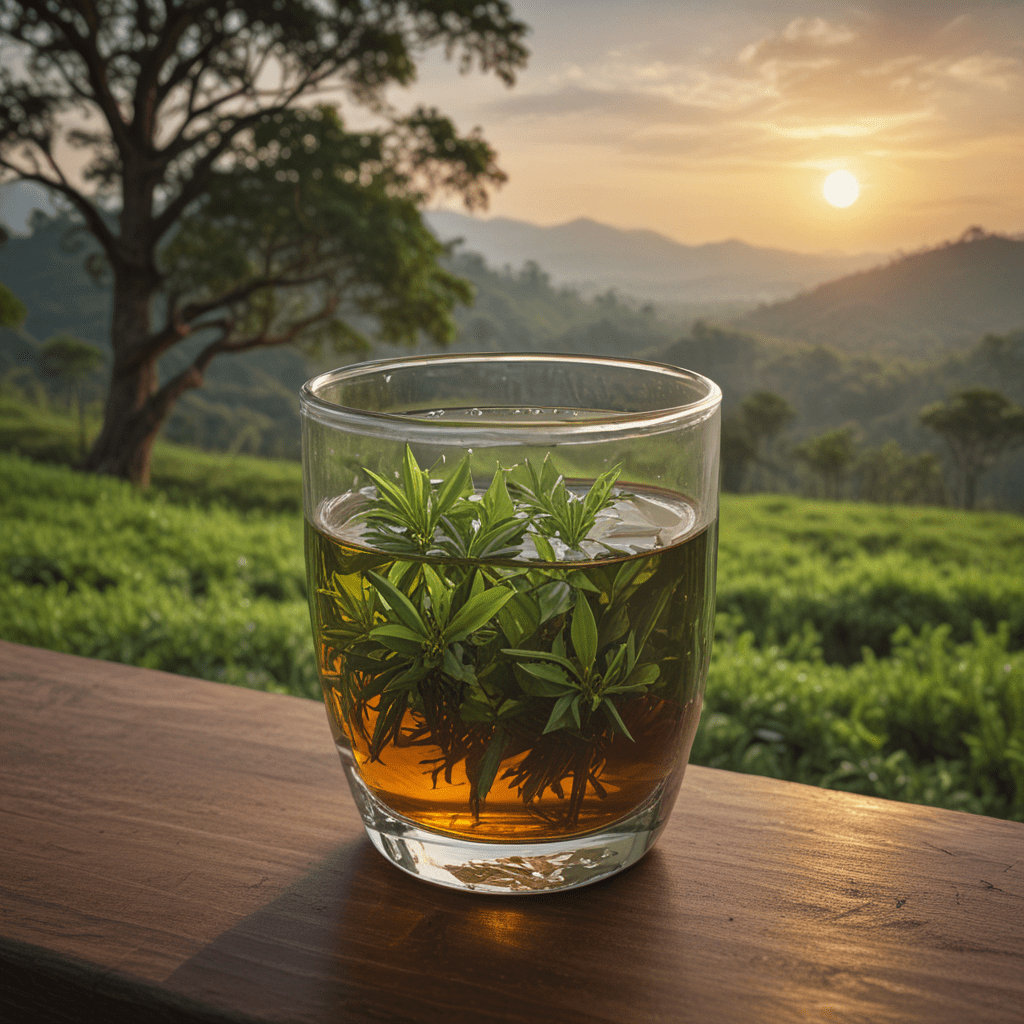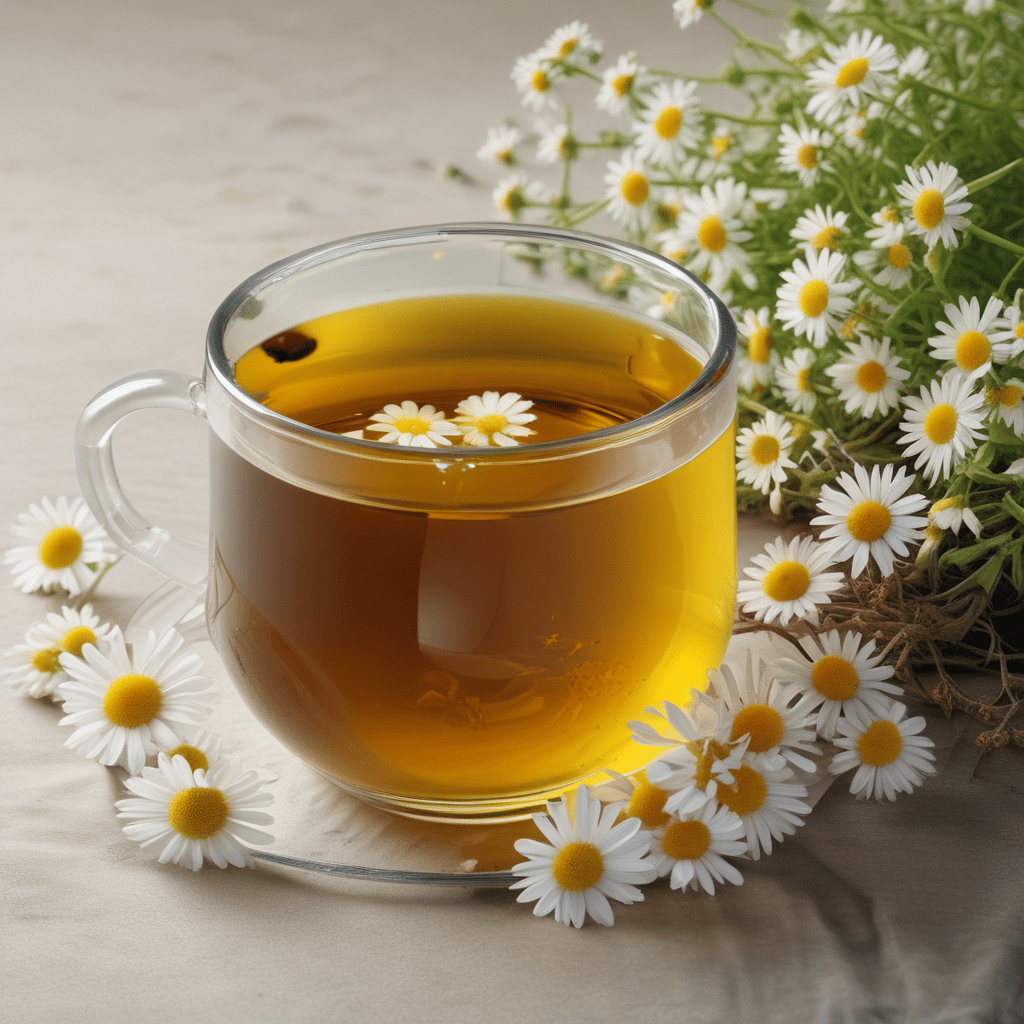
Ceylon Tea: A Journey Through Sri Lankan Landscapes
From the misty mountains to the lush lowlands, the island nation of Sri Lanka boasts a rich tapestry of landscapes that have nurtured the cultivation of Ceylon tea for centuries. This aromatic beverage, renowned for its exquisite flavors and captivating history, has become an integral part of the country's identity.
Introduction: The Allure of Ceylon Tea
Ceylon tea, a symbol of Sri Lankan heritage, has captivated tea enthusiasts worldwide with its distinctive taste and mesmerizing aroma. Grown in the heart of the island's diverse ecosystems, each region imparts unique characteristics to the tea, creating a symphony of flavors that caters to every palate.
History and Origins: Tracing the Roots of Ceylon Tea
The history of Ceylon tea is intertwined with the island's colonial past. In the mid-1800s, British planters introduced tea plants to Sri Lanka as a means of rejuvenating the coffee industry, which had been decimated by disease. Thriving in the country's favorable climate, tea soon became a dominant crop, transforming the island's economy and establishing its reputation as one of the world's leading tea producers.
Growing Regions: A Tapestry of Tea Estates
Sri Lanka's diverse landscapes offer a mosaic of tea-growing regions, each with its own distinct microclimate and soil composition. The Nuwara Eliya Highlands, renowned for their high-grown teas, produce exquisite brews with delicate floral notes. The Central Highlands, characterized by rolling hills and cascading waterfalls, nurture teas with a robust body and rich flavor. The Uva Province, nestled in the southeastern corner of the island, is home to single-origin gems known for their distinctive spicy character.
abundant rainfall create an ideal environment for the cultivation of exquisite teas. The tea leaves grown here are renowned for their delicate flavor, floral notes, and golden-hued liquor. Visitors to the Nuwara Eliya Highlands can immerse themselves in the region's rich tea heritage by visiting sprawling tea estates, witnessing the meticulous plucking process, and savoring the finest cups of tea in the heart of the highlands.
The Central Highlands: A Symphony of Tea Terraces
In the heart of Sri Lanka, the Central Highlands present a mesmerizing landscape of verdant tea terraces cascading down the hillsides. This region is home to some of the country's most renowned tea estates, where generations of tea masters have cultivated the finest teas. The teas produced in the Central Highlands are characterized by their robust body, rich flavor, and deep amber color. Visitors can explore the rolling hills, visit tea factories, and witness the traditional methods of tea production that have been passed down through centuries.
The Uva Province: Home to Single-Origin Gems
Nestled in the southeastern corner of the island, the Uva Province is a hidden gem for tea enthusiasts. This region is known for producing some of the most sought-after single-origin teas in the world. The teas grown here are characterized by their distinct spicy notes and intense flavor. The Uva Province's unique microclimate and soil composition contribute to the exceptional quality of the teas produced in this region. Visitors to the Uva Province can explore boutique tea estates, engage with local tea farmers, and sample the exquisite teas that have made this region renowned among tea connoisseurs.
The Sabaragamuwa Region: A Hidden Haven for Tea Connoisseurs
The Sabaragamuwa Region, located in the southwestern part of Sri Lanka, is less well-known to tourists but holds a special place in the hearts of tea aficionados. This region is home to some of the country's oldest tea estates, where tea has been cultivated for generations. The teas produced in the Sabaragamuwa Region are known for their distinctive character, full-bodied flavor, and malty notes. Visitors to this region can delve into the history of tea cultivation by exploring heritage tea estates and learning about the traditional methods used to produce the region's exceptional teas.
Sustainable Practices: Harmony with the Land
In Sri Lanka, tea cultivation goes hand in hand with a deep respect for the environment. Many tea estates have adopted sustainable practices to preserve the natural beauty of the landscapes and minimize their impact on the ecosystem. These practices include organic farming, water conservation, and reforestation. By embracing sustainable practices, tea growers ensure that the legacy of Ceylon tea continues to thrive for generations to come.
Conclusion: The Unforgettable Legacy of Ceylon Tea
Ceylon tea is not merely a beverage; it is a cultural treasure that embodies the rich heritage and diverse landscapes of Sri Lanka. From the misty Nuwara Eliya Highlands to the lush Sabaragamuwa Region, each tea-growing area contributes its own unique flavor profile to the tapestry of Ceylon tea. Whether enjoyed in a bustling tea shop or amidst the tranquil beauty of a tea estate, Ceylon tea invites you on a journey to discover the heart and soul of Sri Lanka.
FAQ
What makes Ceylon tea unique?
Ceylon tea is renowned for its diverse flavor profiles, ranging from delicate floral notes to robust spicy characters. Each tea-growing region in Sri Lanka imparts unique characteristics to the tea, creating a symphony of flavors that cater to every palate.
How is Ceylon tea processed?
Ceylon tea undergoes a meticulous process that includes plucking, withering, rolling, oxidation, drying, and grading. These steps, carefully executed by skilled tea makers, ensure that the tea retains its exquisite flavors and aromas.
Is Ceylon tea sustainable?
Many tea estates in Sri Lanka have adopted sustainable practices, including organic farming, water conservation, and reforestation. These practices preserve the natural beauty of the landscapes and minimize the environmental impact of tea cultivation, ensuring the long-term sustainability of Ceylon tea.

